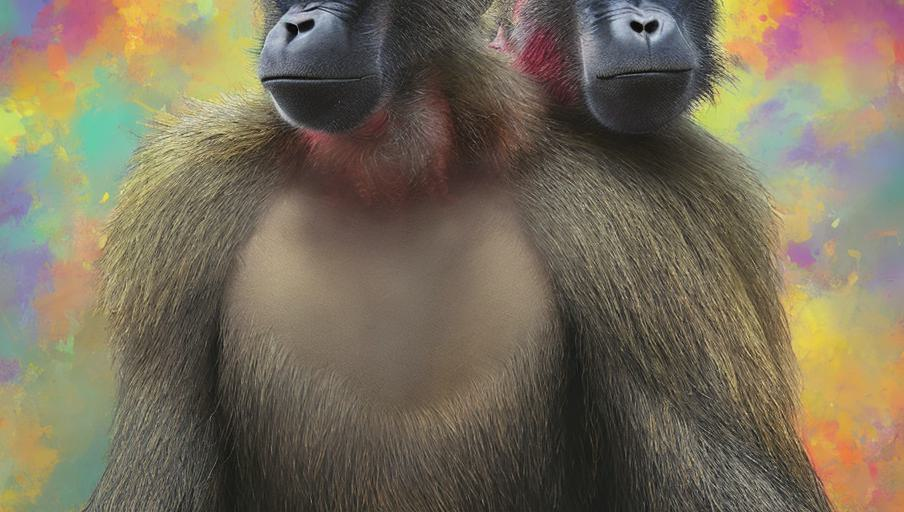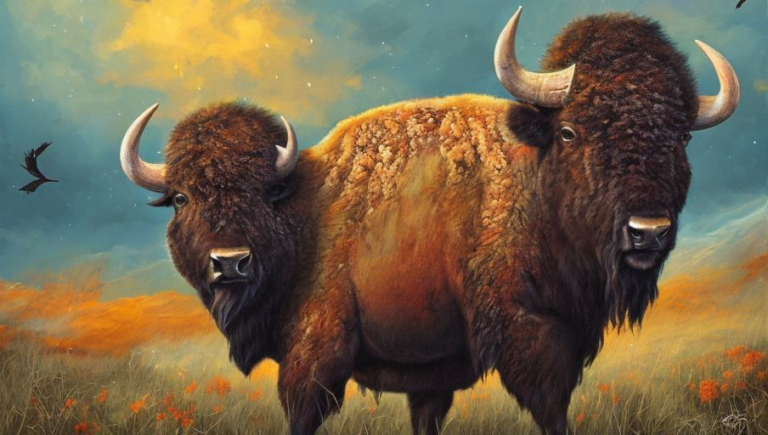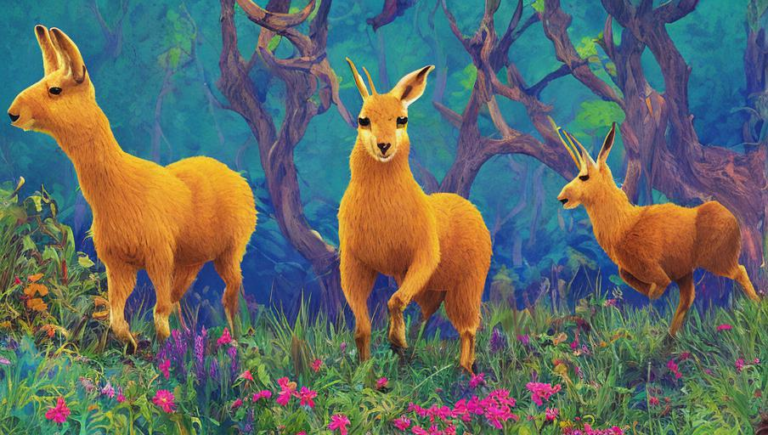Discovering the Baboon: A Closer Look at One of the World’s Most Unique Animals

Introduction
The baboon is one of the world’s most unique animals, with a wide range of behaviors and habitats. This primate is found in a variety of places, from deserts to rainforests, and is found in many different countries. Baboons are incredibly intelligent and social, and have been known to form close bonds with their family members. They are also very resourceful, with the ability to use tools, climb trees, and even swim. Baboons are not typically dangerous, but they can be aggressive if they feel threatened. In this article, we’ll take a closer look at the baboon and explore its fascinating behavior and habitat.
Behavior
Baboons live in social groups, or troops, of up to 150 individuals and are led by a dominant male. These groups are made up of family members, including females and their offspring. The dominant male is typically the largest and strongest in the group, and he is responsible for protecting the group from predators. Baboons use a variety of vocalizations to communicate, such as grunts, barks, and screams. They also communicate with facial expressions, body language, and scent marking. Baboons are very intelligent, and they have been known to use tools, such as stones or sticks, to crack open nuts or dig up roots.
Habitat
Baboons are found in a variety of habitats, including deserts, savannas, forests, and even near human settlements. They typically live in dry, open areas where they can find food and water sources. Baboons prefer to live in areas with plenty of trees and rocks, as these provide them with protection from predators. In some areas, baboons can be found living in large groups, while in other areas they live in smaller groups or even alone. Baboons require plenty of food, water, and shelter in order to survive.
Diet
Baboons are omnivores, meaning they eat both plants and animals. Their diet consists of fruits, vegetables, nuts, insects, eggs, small mammals, and carrion. They are also known to raid human settlements for food, which can lead to conflict between humans and baboons. Baboons have large, sharp canine teeth, which they use to crack open nuts and other hard foods. Additionally, baboons have been known to use tools, such as stones or sticks, to obtain food.
Conservation
Baboons are not currently considered endangered, but they do face threats from habitat loss and hunting. In some areas, they are hunted for their meat, while in other areas they are killed for raiding crops. Additionally, baboons are affected by climate change, as their habitats become increasingly dry and barren. Conservation efforts are underway to protect baboons and their habitats, such as the establishment of protected areas and the regulation of hunting. Additionally, education programs are being implemented to teach people about the importance of baboons and the need to protect them.
Conclusion
The baboon is a fascinating animal, with a wide range of behaviors and habitats. They are incredibly intelligent and social, and can use tools to obtain food. Baboons are found in a variety of places, from deserts to rainforests, and they require plenty of food, water, and shelter to survive. Unfortunately, baboons are threatened by habitat loss, hunting, and climate change, but conservation efforts are being implemented to protect them. By learning more about the baboon and its behavior, we can better understand the importance of conservation and protecting the environment.





